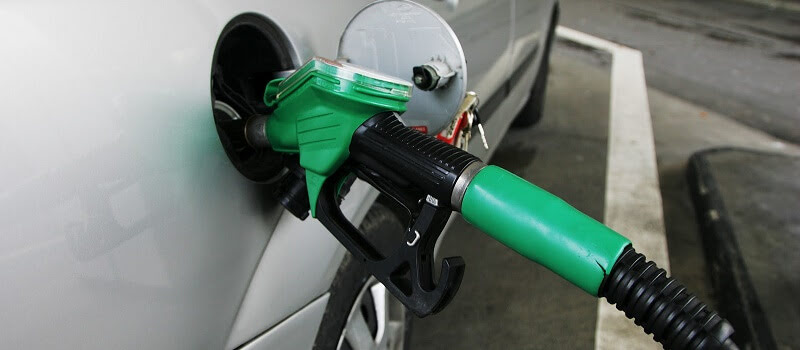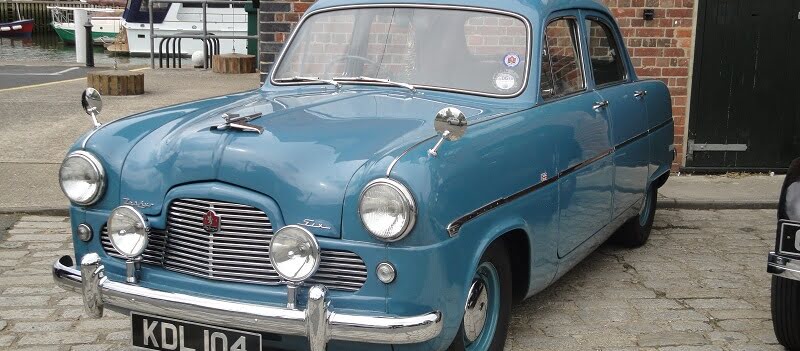
Malaysians cling to the edge of their seats as new petrol prices are announced at the beginning of every month, ever since the Government scrapped petrol subsidies and implemented a managed float system in late 2014.
The managed float system, which replaces the previous Automatic Pricing Mechanism (APM), is based on the monthly average world price of crude oil, and has seen local fuel prices fluctuating from month-to-month.
In February 2017, Malaysian drivers are paying RM2.30 for every litre of RON95, and RM2.60 per litre for RON97 petrol – that’s 21% and 15.6% more than what we were paying for in December 2016.
Type of Petrol/Month RON95 RON97 Sep 2016 RM1.70/litre RM2.05/litre Dec 2016 RM1.90/litre RM2.25/litre Feb 2017 RM2.30/litre RM2.60/litre
With volatile fuel prices, a weak Ringgit and economic uncertainties, Malaysians are becoming increasingly aware of the impact that petrol prices will make on their household budgets. Drivers are now more educated than ever in terms of fuel efficiency.
That being said, there are still a number of popular petrol-saving myths out there that may not actually be true. What are some common fuel-saving tips that are and aren’t actually true? Read on to find out.
| Type of Petrol/Month | RON95 | RON97 |
|---|---|---|
| Sep 2016 | RM1.70/litre | RM2.05/litre |
| Dec 2016 | RM1.90/litre | RM2.25/litre |
| Feb 2017 | RM2.30/litre | RM2.60/litre |





No comments:
Post a Comment